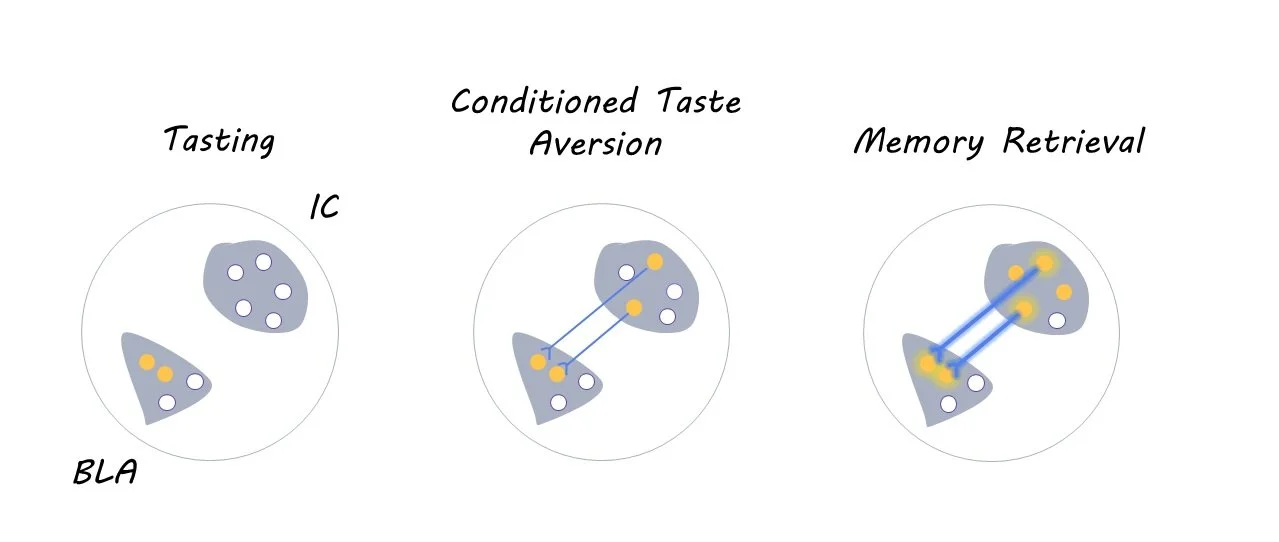Social Health and Brain Reserve as Protective Factors for Dementia
Post by Megan McCullough
The takeaway
Good social health in older adults was associated with slower cognitive decline over time and higher cognition levels at baseline. High brain reserve, a measure of the brain’s resilience to damage, was also associated with slower cognitive decline suggesting that social health and brain reserve may be indicators of the propensity of an individual to develop dementia.
What's the science?
Although there are no current pharmacological treatments for dementia prevention, numerous social risk factors have been identified, indicating that dementia prevention may be possible. Previous research has shown that social support, social engagement, and other social health behaviors may be linked to a reduced risk of dementia development. Additionally, the brain reserve model of dementia suggests that individuals with more neurons or increased synaptic density are less at risk of cognitive deterioration. Although the social health model and brain reserve model both suggest protective factors against the effects of dementia, the interaction between these two models has not been investigated. This week in Annals of Neurology, Marseglia and colleagues aimed to investigate the interaction of social health and brain reserve on cognitive changes in a cohort of dementia-free older adults.
How did they do it?
Participants included 368 Swedish adults over the age of 60 who did not have dementia. These participants were followed for 12 years to assess the interactions between social health, brain reserve, and cognition over time. At the baseline assessments, a social health score was generated for each participant; this score was created from a questionnaire about social connections and social support. The authors also used magnetic resonance imaging (MRI) data to assess volumes of grey matter, white matter, and cerebrospinal fluid in each individual. These volumes were totaled and used as a measure of brain reserve. Cognitive function tests were administered throughout the study to assess different facets of cognition including episodic and semantic memory. Statistical analysis including one-way ANOVA, linear mixed-effect models, and stratified analyses were then run to explore the relationships between social health and brain reserve in the context of cognitive function.
What did they find?
The authors found that moderate to good social health and high brain reserve was associated with high cognitive performance and slower rates of cognitive decline over time. The statistical analyses that examined the interplay between these two factors showed that good social health was associated with higher cognition levels only in individuals who exhibited moderate to large brain reserves. This suggests that there are multiple protective factors that interact in slowing or preventing the development of dementia.
What's the impact?
This study found that a healthy social life and high levels of brain reserve are protective factors against age-related cognitive decline. Specifically, good social health can protect against cognitive decline in individuals with high levels of brain reserve. This research shows the relevance of promoting healthy social lives for individuals at risk of developing dementia.



